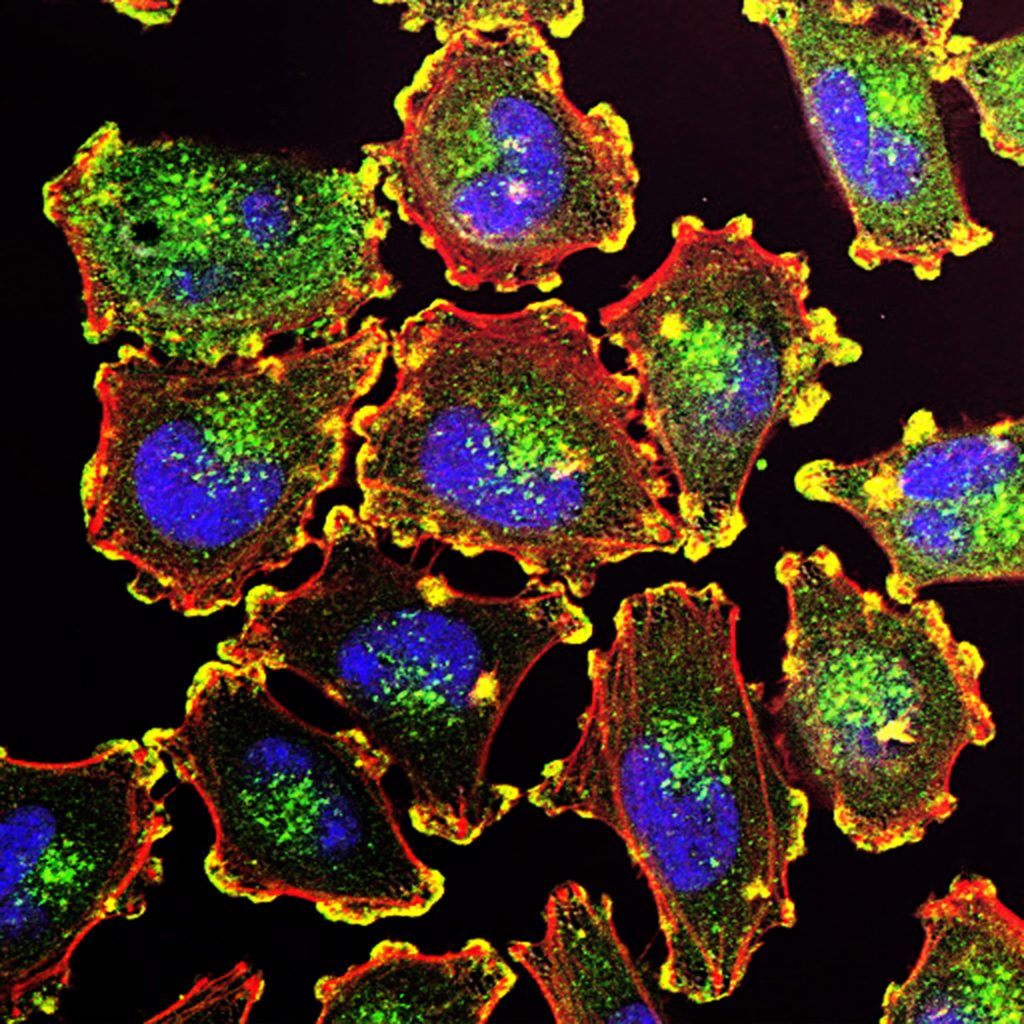Cancer Prevention

In the United States, cancer has long been the second most common cause of death after heart disease. In the year 2017, 647,000 Americans died from heart disease followed by 599,000 from cancer (CDC 2020). Rates of death from both causes have been decreasing, although they are decreasing faster for heart disease. As such, cancer has already become the leading cause of death in middle age (between ages 35-70) (Dagenais 2020).
While cancer is often considered a terrifying diagnosis, in many cases, it’s preventable (Anand 2008). Numerous lifestyle behaviors play a part in cancer risk, which means, you can do things now to prevent cancer in the future.
So what lifestyle factors have been shown to increase or decrease risks?
- Smoking
- Alcohol
- Diet
- Stress
- Infections
- Obesity
- Exercise
- Toxicant exposures
Smoking
If you smoke, stop. While it’s been well known that smoking is the leading cause of lung cancer, vaping also appears to have risks, although less well understood. I covered health concerns around vaping in a previous article. I recognize that quitting smoking is challenging, having worked in addiction medicine for a number of years. However, the health benefits of quitting are well worth the effort.
Alcohol

Like smoking, alcohol has a clear relationship with cancer. Interestingly, the risk is slightly higher for women. To avoid increased cancer risks from alcohol, women should have no more than 3 drinks per week and men should keep to at most 1 drink per day (Pelucchi 2011).
Diet
Most dietary advice for avoiding cancer is pretty well known. Minimize processed meat, red meat and pork (Abu-Ghazaleh 2020). Eat plenty of fruits and vegetables. Avoid “ultra-processed foods” which include “sugar-sweetened beverages, sweets, ice cream, chocolates, savoury snacks, burgers, processed meat and frozen dishes (Chen 2020).”
Stress
While difficult to measure for long-term cancer risk, there are well known associations between stress and most diseases. Some studies have shown no relationship between stress levels and cancer, while others have shown a dramatic link. A study on self-reported stress and breast cancer showed more than a 5x increased risk in individuals reporting high stress (Kruk 2012). Too much stress makes most health problems worse. It’s worth finding ways to reduce your stress when possible, from exercise and meditation to changing jobs or relationships if needed.
Infections
A number of different infections can increase cancer risks. Genital wart and Epstein Barr viruses can increase cancer risks, as can the hepatitis (liver) viruses. Helicobacter pylori, the bacteria that causes stomach ulcers, also increases cancer risks. In addition, there are a number of parasites that can increase risks, although most of the parasites related to cancer are not common in the United States (Ohshima 1994). Practicing safe sex and avoiding injectable drug use can help in decreasing these risks.
Obesity
Being overweight generally leads to worse health outcomes. Obesity increases risks for heart disease, diabetes and cancer among other conditions (Dixon 2010). The simplest way to reduce risks is sustained weight loss. For losing weight, avoiding processed foods and eating consistent meals on a regular basis is a solid starting foundation, which not only helps you lose weight, the improved diet also offers protection from cancer.
Exercise
Not exercising or having a “sedentary lifestyle” increases risks for cancer (Hayes 2009). The simple solution is, obviously, to move more. Increase walking at a minimum and if you have a job that requires extended sitting, get up and move around every 15 minutes to help reduce risks.
Toxicant Exposure
Numerous toxicant compounds have been associated with cancer risks:
- Heavy metals, including aluminum, arsenic, beryllium, cadmium, lead, mercury, nickel and radium all have potential associations with increased cancer risks (Carver 2017).
- Exposure to pesticides increases risks of cancer (Gray 2013).
- Organic solvents, sometimes used for cleaning or for chemical reactions in certain industries also appear to increase cancer (Hansen 1999).
- Dioxins are another class of chemical often encountered that appear to raise risks for some types of cancer as well (Fracchiolla 2016).
- And many others…
Many of these toxicants may be present in our home or workplace. Minimizing chemical exposures to these compounds can be helpful in reducing cancer risks. Ways to reduce exposure can include:
- Avoiding lead exposure, especially when remodeling an older home
- Eating organic fruits and vegetables when possible
- When using chemicals, taking precautions to minimize skin exposure and inhalation. If you work with chemicals, make sure OSHA requirements are being followed.
- Avoiding scented products
- Using simple, natural cleaners based on soap, hydrogen peroxide and vinegar
- Buying furniture, clothing and carpet that doesn’t have stain resistant or fire-retardant chemicals added
Conclusions
Cancer, in many cases, can be prevented. Keeping in mind the common factors that increase risks, it’s possible to choose healthier approaches. Stopping smoking, drinking in moderation, avoiding illegal drug use, eating healthy food, exercising and minimizing chemical exposure can help maintain your long-term health for you and your family.



